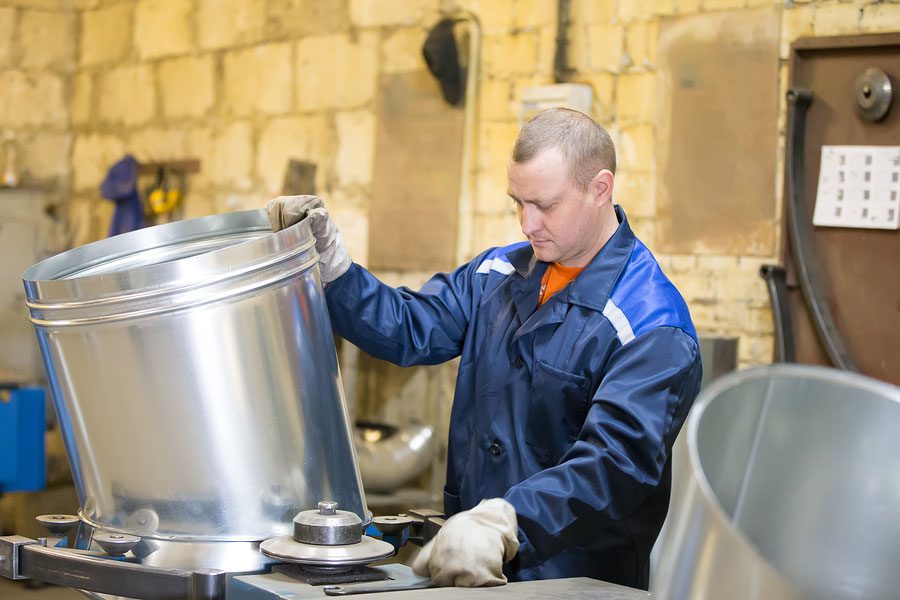Metal stamping is one of those processes which is rarely completed after a single step, especially when complex parts are involved. Even when those parts seem fairly simple at first glance, there are almost always multiple steps involved in their creation. When choosing a metal stamping process, there are factors which must be considered:
- stamping’s effects on the design functionality
- all industry-specific requirements
- the time required for production
- cost-effectiveness
Once design and prototyping have been completed, there are generally nine distinct processes required to accomplish the actual metal stamping necessary to produce certain parts.
Blanking
When it’s necessary, blanking is always the first step in any metal stamping procedure. It involves the cutting of a large sheet or coil of a metal into pieces which are smaller and more manageable. Blanking is usually necessary when a metal stamped part must be drawn or formed.
Piercing
Anytime a finished part requires some type of holes, slots, or any other kinds of cutout, piercing will generally be included in the metal stamping process. Piercing can be accomplished in tandem with blanking, and it causes the required shapes to be punched out of the sheet-metal being used.
Drawing
Drawing constitutes the actual stamping procedure in the overall metal stamping process. When a punch forces a metal section through a die, the primary shape of the part is determined. If the depth of the part must be less than the primary opening, it’s referred to as shallow drawing, and when the depth is greater then the part, it’s referred to as deep-drawn.
Bending
As you might guess from its name, bending involves placing the work-in-progress part on a specially designed die, where a RAM pushes against the metal imparting the necessary bend. Bending is always done after drawing, since trying to punch a piece which is already bent will almost always cause the whole part to be deformed.
Air Bending
Air bending is accomplished by having a punch bend the flat surface of a part into a die, which is generally V-shaped. The space between the die and the punch is generally wider than the thickness of the metal, which results in a bend that relaxes somewhat after the part has been released. Air bending uses significantly less pressure and power than other bending possibilities.
Bottoming and Coining
These two processes are very similar in their results to air bending, but they always use a great deal more pressure. Another difference between this method and air bending is that material is fully forced into a tight-fitting die, which causes a permanent bend to be applied to the part.
Forming
Forming is another bending process which is very similar to bottoming and coining. The end result of forming is usually parts which have multiple bends, commonly U-bends, which are created all in a single step.
Pinch Trimming
In this process, a piece is cut from a section of sheet metal, so as to separate it from any scrap. It’s a somewhat unconventional process in which the metal is pinched up against a surface which is flat and vertical. Pinch trimming is generally used to cut deep-drawn circular cups from a sheet of metal.
Lancing
Lancing is a process which is fairly unique, and is used to make tabs or vents when cutting metal. One section of a part gets cut along three edges at the same time, and is bent intentionally. This creates the necessary hook-like feature or opening, while eliminating the need for a secondary machining step, or any kind of scrap collection.
Velocity Metalworks is recognized as a valued partner in the metal stamping industry for our strong Tool Design and Build competency. This, combined with our metal stamping capacity, precision machining services, and EDM capability make us a full service provider that can deliver value in your tooling and stamping needs. Contact us today to see how we can help you work even better.

